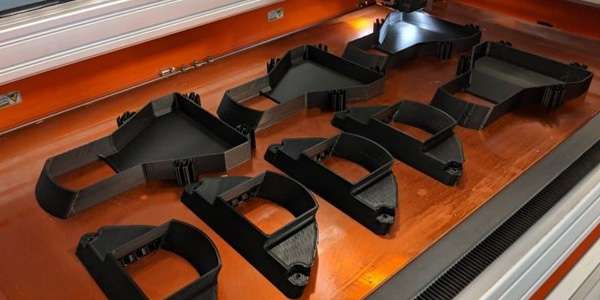The leap from design to production is a significant hurdle in product development, especially when dealing with low volume production ranging from 100 to 1000 parts. This is where additive manufacturing, specifically 3D printing, steps in as a game-changer.
Understanding Low Volume Production
Low volume production, sitting between prototyping and mass production, offers the best of both worlds: the flexibility of prototyping combined with the precision of mass production. It’s ideal for creating precise tooling, functional prototypes, custom parts, and limited quantity spare parts, offering cost-efficiency and rapid market access.
Driving Forces Behind Low Volume Production:
- Customization: The increasing demand for personalized products has made low volume manufacturing essential. 3D printing, with its flexibility and efficiency, is perfectly suited for this task.
- Niche Markets: Industries requiring short production runs for niche markets benefit greatly from low-volume 3D printing, allowing for the cost-effective production of specialized products.
- Research and Development: Low-volume manufacturing accelerates the introduction of new products and features, fostering innovation and allowing for rapid prototyping and testing.
- Sustainability: Low-volume manufacturing with 3D printing is more sustainable than traditional methods, reducing material waste and energy consumption.
3D printing is increasingly accepted for its versatility, design freedom, and cost-effectiveness. Its capacity for producing accurate parts and complex geometries, coupled with automation for lights-out manufacturing, makes it an attractive choice for businesses. Additionally, the technology is a low-risk investment, offering significant time and cost savings.
Additional Advantages:
- Strong and Lightweight Parts: Materials like carbon fibre used in 3D printing lead to stronger, lighter parts.
- Flexible Use: 3D printers can be utilized for various applications, increasing ROI.
- Accuracy: 3D printing ensures parts fit perfectly the first time, reducing the need for multiple iterations.
Low volume production with 3D printing is not just a technological advancement; it’s a strategic approach to manufacturing that aligns with modern business needs. By embracing this innovation, businesses can streamline their operations, reduce costs, and stay ahead in a competitive market.
If you would like to explore more, reach out to the Cutting Edge Solutions team on support@cuttingedge.solutions.







